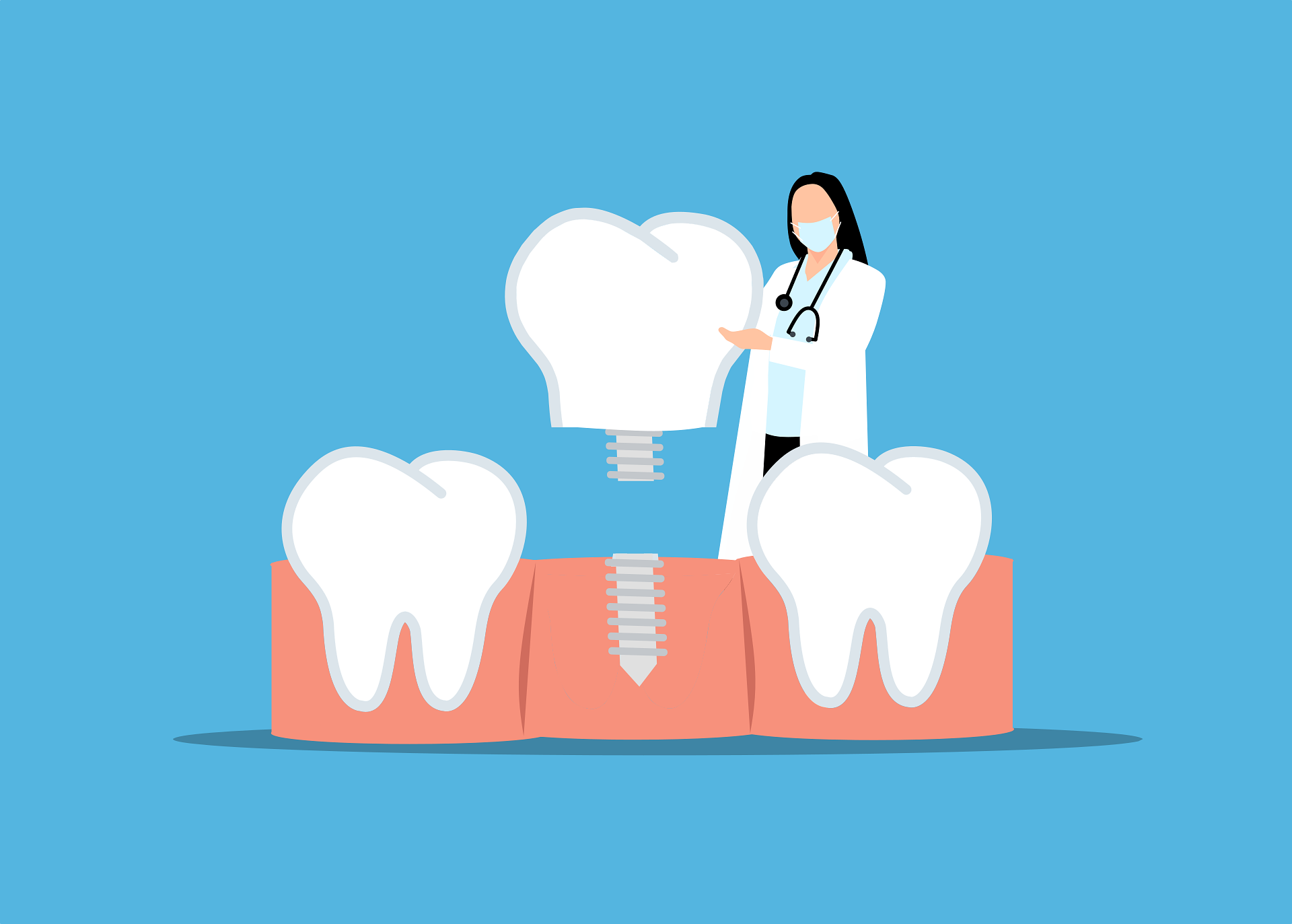Screwless Dental Implants: What They Are and How They Work
Modern dental technology has introduced innovative alternatives to traditional screw-in implants, offering patients new options for tooth replacement. Screwless dental implant systems utilize advanced attachment methods that eliminate the need for conventional threading mechanisms, providing potentially improved comfort and installation processes. These systems represent a significant advancement in restorative dentistry, particularly beneficial for patients who may not be suitable candidates for traditional implant procedures or those seeking less invasive treatment options.

Understanding Screwless Dental Implant Technology
Screwless dental implants represent a revolutionary approach to tooth replacement that differs fundamentally from traditional threaded implants. Instead of relying on screw-like threading to secure the implant into the jawbone, these systems use alternative attachment mechanisms such as press-fit designs, friction-based retention, or specialized coating technologies that promote bone integration without threading.
The primary advantage of screwless systems lies in their installation process, which often requires less aggressive preparation of the jawbone. Traditional implants require precise threading into the bone, which can sometimes cause micro-fractures or require extensive healing time. Screwless alternatives typically use smooth-surfaced implants with specially designed shapes or surface treatments that encourage natural bone growth around the implant body.
How Modern Screw-Free Tooth Replacement Systems Work
Screw-free tooth replacement systems operate on several innovative principles. Some utilize a press-fit mechanism where the implant is carefully sized and shaped to fit snugly into a prepared socket in the jawbone. The implant’s surface is often treated with biocompatible materials that encourage osseointegration – the process where bone cells grow and attach to the implant surface.
Other screwless systems employ friction-based retention, where the implant’s unique design creates sufficient grip within the bone without requiring threading. Some advanced systems use specialized coatings or surface textures that promote faster and more secure bone integration. These innovations can potentially reduce healing times and improve long-term stability compared to traditional threaded implants.
Benefits and Considerations of Screwless Dental Implants
Screwless dental implants offer several potential advantages over traditional systems. The installation process is often less traumatic to surrounding bone and tissue, potentially resulting in reduced post-operative discomfort and faster healing times. The absence of threading can also make these implants suitable for patients with softer bone density who might not be ideal candidates for traditional screw-in implants.
However, these systems also have considerations that patients should understand. Not all screwless implant systems are suitable for every clinical situation, and the success rate may vary depending on individual bone quality, oral health, and specific anatomical factors. The technology is still evolving, and long-term studies on some newer screwless systems may be limited compared to traditional implants with decades of clinical data.
Cost Considerations and Provider Options
The cost of screwless dental implants can vary significantly depending on the specific system used, the complexity of the case, and the provider’s expertise. In Belgium, patients can expect costs to range from €1,200 to €3,500 per implant, including the crown restoration. Some specialized screwless systems may command premium pricing due to their advanced technology and materials.
| Provider Type | System Options | Cost Estimation |
|---|---|---|
| Specialized Implant Centers | Advanced screwless systems | €2,500 - €3,500 |
| General Dental Practices | Standard screwless options | €1,200 - €2,200 |
| University Dental Clinics | Research-based systems | €1,000 - €1,800 |
Prices, rates, or cost estimates mentioned in this article are based on the latest available information but may change over time. Independent research is advised before making financial decisions.
Choosing the Right Screwless Implant System
Selecting an appropriate screwless dental implant system requires careful evaluation by a qualified dental professional. Factors to consider include bone density, gum health, the location of the missing tooth, and individual healing characteristics. Some screwless systems work better in specific areas of the mouth, while others may be more suitable for patients with certain medical conditions or bone structures.
Patients should discuss their options thoroughly with their dental provider, including the expected timeline for treatment, potential complications, and long-term maintenance requirements. While screwless implants can offer advantages in certain situations, they may not always be the optimal choice for every patient or clinical scenario.
Screwless dental implant technology continues to evolve, offering promising alternatives to traditional tooth replacement methods. These systems can provide effective solutions for many patients, particularly those who may benefit from less invasive installation procedures or have specific anatomical considerations that make traditional implants challenging. As with any dental treatment, thorough consultation with qualified professionals and careful consideration of individual needs and circumstances are essential for achieving optimal results.




